Category: All About Guns

Not everything displayed at the recent Athlon Outdoors Rendezvous in the Grand Tetons required a federal firearms license. Amidst the absolute state-of-the-art in modern weapons, ammunition and accessories, the Umarex HK416 fully automatic BB machine gun was sufficiently cool to have precipitated the gyrating fantods in me had I encountered it as a teenaged boy. No kidding, I’d have drunk bathwater to get my mitts on this rascal at age 15. I’d very nearly do that today.
Umarex HK416
Master Sergeant Kirk Tensile moved like a wraith toward the target building, his customized HK416 assault rifle tracking like some sentient beast. A 10-year veteran of the Unit, MSG Tensile now found himself the point man for the most important mission of his career. Ever since he had assessed into Delta Force he had prepared for this very moment. Every training iteration, every deployment, every drop of blood and sweat he had spilled led up to this event. Now he is stacked outside the derelict shack in the Mississippi Delta with his mates tucked in tightly behind. He took a deep breath, thumbed the selector on his German assault rifle to rock-and-roll and kicked in the door.
Operation Urgent Chaos
He had gotten the call at school on Friday. It had come as a nondescript note slipped to him by a cute intermediary during fourth period Geometry. It read simply, “Operation Urgent Chaos is a go. Mission brief after study hall behind the gym.” Tensile wadded the note up and shoved it in his pocket. It promised to be a hard weekend.
The mission was indeed intense. ISIS had captured the Dallas Cowboys Cheerleaders on a public relations junket in Iraq. Before U.S. forces could react, they had spirited the dozen terrified girls to Syria and locked them away in their evil lair. As soon as the sixth period bell rang, Tensile and his mates were immersed in their accelerated planning cycles. The following morning he was stacked outside the shack ready to rock. It was showtime.
Lock & Load
The door burst inward and his Number Two tossed in a fistful of Black Cat firecrackers as a distraction device. The moment the pyrotechnics detonated, he and his fellow operators poured into the room like some kind of deadly serpent. They were met by three cardboard terrorists, each packing an AK-47 meticulously drawn with Sharpie markers. Without a moment’s hesitation, MSG Tensile unleashed a burst to the chest and head of each of the Tangoes, leaving a tidy cluster of holes for his trouble.

As soon as the operation began it was over. The Tangoes were all down, and, in the minds of the teenaged operators at least, the imaginary cheerleaders all rescued successfully. MSG Tensile and his fellows cleared their weapons, popped open the cold Cokes their moms had packed for the occasion and proceeded to the debrief. Another day, another professional cheer squad rescued. Such was the life of a teenaged Delta Force operator.
Life Imitates Art
I wouldn’t admit this to just anybody, but my buddies and I actually did silly stuff like that back when I was a kid. I’m a professional gun writer. This means I’m congenitally cursed with a hyperactive imagination, a deplorable dearth of maturity and questionable impulse control. When we discovered girls for real the tempo on our tactical exercises dropped off precipitously, but I have indeed killed many a Saturday doing sophomoric CQB drills with my friends on my buddy’s Mississippi Delta farm. Don’t hate. We all ultimately grew into law-abiding, tax-paying adults.
The training area was an expansive working cotton farm replete with derelict barns and abandoned structures. Our kill house was an empty shotgun shack that still contained a bunch of old furniture. Considering all the bottle rockets and smoke bombs we touched off in the place it is a miracle we didn’t burn it to the ground.
Our weapons were generally improvised from the toys of the day. There were not so many rules back in the late 1970s, and war toys looked very much like the real thing. Uzis, MACs, M16s, and AKs filled the armory. Some even made mechanical machinegun noises when you pulled the triggers. Back then we did a lot of simulating. Pellet guns stood in for sniper rifles, but for close-in work we just faked it. Nowadays I’m sure we’d have been remanded someplace vile for mandatory inpatient re-education. Back then, however, we were just boys being boys.
Back when I was 15, I had no idea exactly what I was missing. Running about like idiots playing with fake guns is one thing. However, I would have done just about anything to get my mitts on one of these Umarex HK416 full-auto BB guns back in the day. Whether you are 15 or 55, this thing will reliably bring out the kid in you.
HK416 Background
The Heckler & Koch HK416 was a collaborative effort between HK and the American Special Forces Operational Detachment-Delta back in the 1990s. The legendary Larry Vickers helped design the weapon alongside HK engineers. The end result is arguably the finest assault rifle in the world.
The HK416 was originally supposed to be the HK M4, but Colt purportedly threatened a lawsuit. The gun indeed resembles an M4 on the outside. However, underneath the hood it is a different beast entirely. For starters, the HK416 is a piston-driven rifle. The action is inspired by the original AR-180 that Gene Stoner intended to replace his previous M16. This design ensures the receivers remain tidy and keeps the heat and chaos up in the handguard where it can’t hurt anything. Disassembly involves using one of the bolt lugs as a wrench to remove the railed forearm and strip the piston system. The resulting rifle is markedly heavier than a comparable direct impingement M4 but is hugely more forgiving and reliable.
Owning One
There are two ways an American civilian can obtain an HK416. HK sells a semi-auto facsimile of the rifle called the MR556 that costs as much as my car. The alternative is to find a police agency with some ragged-out HK416s they want to trade for newer iron. Bin the registered lower receiver and buy the rest as a ludicrously expensive parts kit. You could then build the whole thing up on a registered transferable M16 lower receiver. There is literally no telling what that project would cost.

As an alternative you can get into a decent rendition of the Delta Force HK416 that shoots standard steel BBs at 460 feet per second for a mere $140. This selective-fire gun has a 500-BB reservoir, feeding a 36-round magazine. It is powered by a pair of standard 12-gram CO2 cartridges and cycles at up to 1,500 rounds per minute. The full-auto function features a six-shot burst limiter to help perpetuate the fun as long as possible.
The general layout is classic HK416. Flip-up polymer sights keep things shooting straight, and there is ample rail space up top for optics. Forearm rails will accept any real steel or airsoft accessories. The sliding stock adjusts like that of the actual rifle, and the controls will seem familiar to anyone who has ever hefted a live M4. The CO2 cartridges reside in the detachable magazine, while the BBs ride in the forearm.
Flying BBs
Wow. Just wow. Don’t touch one of these things if you are stingy with CO2 cartridges and BBs. Just keep reminding yourself of what it would cost to be doing this with the real steel.
You would struggle to kill a man with this thing, but it will transform an aluminum Coke can into a screen door for your pet hamster in less time than it takes to describe. The Umarex HK416 will shatter glass bottles with verve and chew a cardboard box absolutely to pieces. You could conceivably use this HK416 to whack poisonous snakes if you live in the sorts of places I frequent, but that would be missing the point.
The Umarex HK416 is a range toy for grownups. An airsoft or paintball version would make a better training tool. This thing is pure unadulterated fun. After a long day at work, just unlimber your imagination, slip into some Oakley’s and feel the stresses of life melt away. I got about half a dozen 36-shot cycles out of each pair of CO2 cartridges.
Ruminations on the Umarex HK416
The Umarex HK416 is like crack to guys like us. Once you squeeze that trigger and feel this thing chatter against your shoulder you’ll just want more. It is kind of amazing something this cool ships straight to your door.
Despite all the sophomoric buildup, the HK416 is most certainly not a toy. Eye protection and a safe shooting space are non-negotiable necessities. You recall how Ralphie shot himself in the eye with his Red Ryder in A Christmas Story? This rascal does the same thing at more than 1,000 rounds per minute.
Actual full-auto operation has been so glamorized by a toxic combination of Hollywood and lame federal restrictions as to tempt us like the sirens of antiquity. The HK416 is the cheapest, easiest route to own a legit real-deal, fully-automatic gun I have yet encountered. The construction is predominantly plastic instead of aluminum and steel, but this rascal will reliably cure what ails you. It’s what I personally use whenever I’m called upon to rescue the Dallas Cowboys Cheerleaders from vile ISIS terrorist masterminds. For more information visit umarex.com.
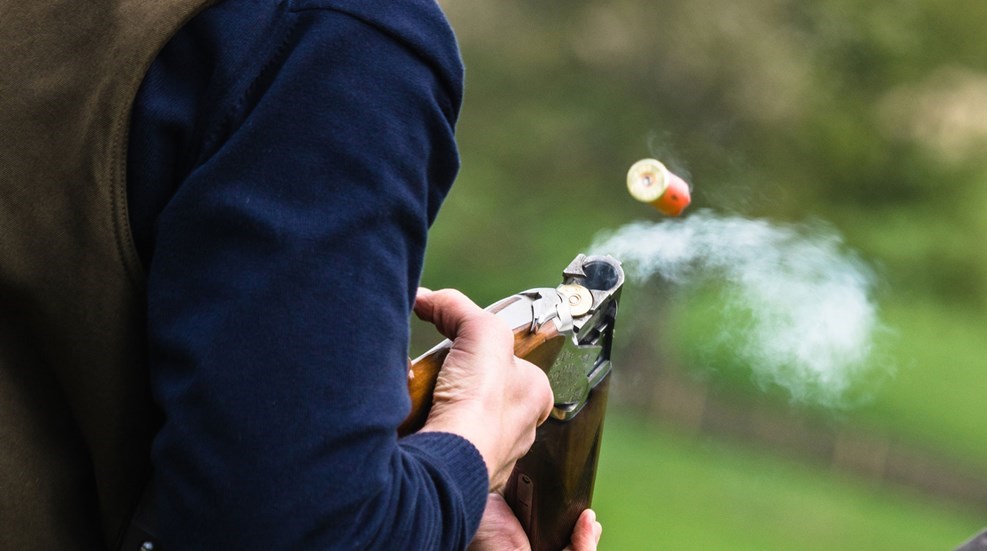
Firearm actions are one of the three basic parts of a firearm: action, stock and barrel. Actions of a firearm did not exist until the mid-to-late 1800s. Prior to the development of modern actions, firearms had locks. This is where the old phrase, “Lock, stock and barrel,” originated from.
Before you can understand the different types of actions, you need to know what an action does. The action of a firearm performs three functions; it loads, fires and ejects the cartridge or shotshell.
There are five common action types: bolt, lever, break, pump and semi-automatic. Firearms are often referred to according to the type of action they possess. Understanding the different action types not only makes you a more educated shooter but also a more responsible gun owner.
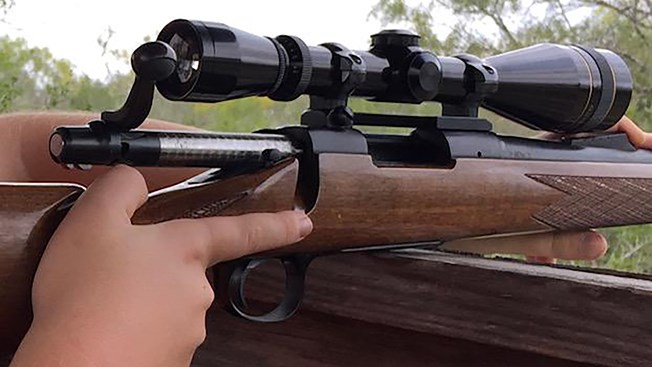
Bolt Action
The bolt-action rifle is the preferred action of most hunters and long-range shooters. Bolt actions are not exclusive to rifles. They can also be used in shotguns. Bolt-action shotguns can be used for goose and crane hunting and are usually found in 10- or 12-gauge. Bolt-action shotguns are also used in conjunction with rifled barrels for deer hunting.
Bolt-action rifles are usually identified by the presence of the bolt handle that extends from the breech area of the receiver. The bolt handle is attached to the actual bolt. The bolt of the firearm is the component that contains the firing pin. It also contains components such as extractors, which make it possible to cycle spent cartridges out of the firearm and load new ones.
The bolt is operated by rotating the bolt handle up and then pulling to the rear. This resets the firing pin. As the bolt is closed or pushed forward, it picks up a cartridge or shell from the magazine. When the bolt reaches its most forward travel position, the bolt is rotated down. There are locking lugs that secure the bolt in place for firing. These lugs prevent the bolt from blowing back, and force all the expanding gasses out of the muzzle.
Bolts are not exclusive to bolt-action rifles and shotguns. Bolts are also found in lever, pump and semi-automatic actions. Bolt handles in these firearms are referred to as charging handles.

Lever Action
Lever-action rifles have a special place in the history of the American West. These types of actions are still very popular among hunters. Lever-action rifles are also used in the Cowboy Action Shooting and Single Action Shooting Society (SASS). Henry Rifles manufactures a popular lever-action .410 shotgun.
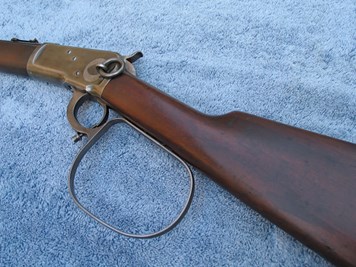
Lever-action firearms are identified by a lever under the receiver. The lever is a solid piece and consists of two parts. The forward part of the lever is the trigger guard, and the larger rear part is a loop for the middle, ring and the pinky finger. On some lever action firearms, the finger loop of the lever can be very large. Chuck Connors made the large loop lever action rifle popular in his series, The Rifleman.
The lever action is operated by using three fingers to rotate the lever downward. The lever pivots just forward of the trigger at the guard, so that when it is rotated, the trigger is exposed. When the lever is opened, the bolt is moved to the rear and extends past the end of the receiver. Opening the lever resets the firing pin. When the lever reaches its most downward position, the spent cartridge or shell is extracted from the chamber and thrown clear of the breech. As the lever is closed, it picks up a new cartridge or shell from the magazine and feeds it into the chamber. The firearm cannot be fired until the lever is fully closed.
Break Action
Most break-action firearms are shotguns. Break-action shotguns can be single-barreled or double-barreled. Double-barreled shotguns are either over-and-unders or side-by-sides. There are also break-action rifles. Break-action rifles are either single-barreled or side-by-sides. There are even break-action firearms that are both rifles and shotguns. These are usually over-and-unders. Of these, one barrel is chambered for a shotgun shell and one barrel is chambered for a rifle cartridge.
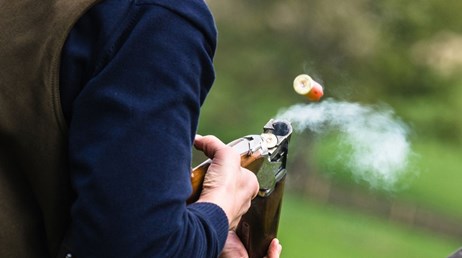
Break-action firearms are also referred to as hinge-action firearms. Whatever you call it, the break-action firearm is operated by moving a lever or tang to one side. When the tang reaches its furthest travel, the lock is disengaged, and the barrels rotate downward by a hinge at the front of the receiver. Breaking the firearm open resets the firing pin. The cartridges or shells are loaded by manually inserting them into the receiver. After firing the cartridges or shells, the shooter can break open the firearm; the spent casings or hulls are either thrown clear of the chamber or manually removed.
Pump Action
Pump-action firearms are also commonly associated with shotguns. Like break-action firearms, rifles can also be pump actions. Pump .22s were very common in our grandparents’ day. Today you can find pump-action rifles in nearly all the common hunting calibers.
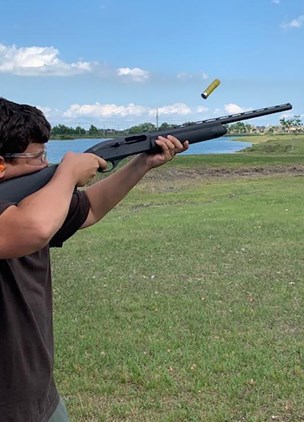
Pump-action firearms are operated by sliding or pumping the forend of the firearm’s two-piece stock to the rear. This forend is referred to as the slide. As the slide is moved rearward, it resets the firing pin while moving the bolt to the open position. When this movement is complete, the spent cartridge or shell is thrown clear of the breech. As the slide is pulled forward to the closed position, the bolt picks up a new cartridge or shell from the magazine. When the slide reaches its most forward position, the slide is locked in place.
The locking mechanism of the slide prevents the bolt from being thrown backwards when the cartridge or shell is discharged. The lock also prevents the expanding gasses from escaping out of the breech. This forces all the gasses to exit the firearm through the muzzle.
Semi-Automatic Action
Semi-automatic firearms can be found in rifles and shotguns. Modern sporting arms are very popular with today’s shooters. These include the modern AR platforms. Semi-automatic shotguns are also very popular with waterfowl hunters. These types of firearms are easy to learn and operate. They also allow for fast follow-up shots. The downside to semi-automatic firearms is that their operation can be adversely affected by the residue from previous shots. As a result, semi-automatic firearms need to be properly cleaned after each use.
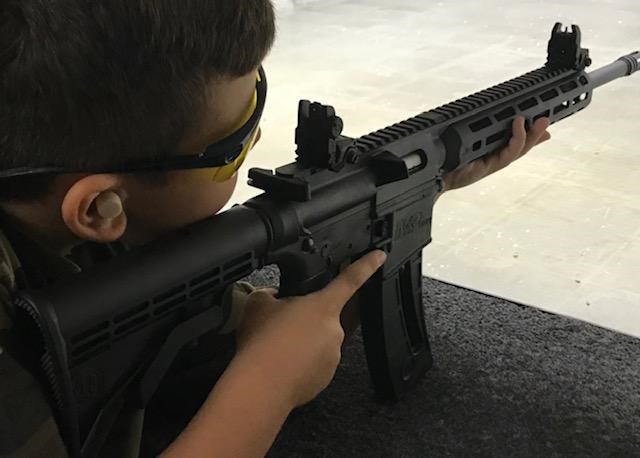
Semi-automatic firearms are operated by pulling the trigger. When the cartridge or shell is discharged, the recoil, gasses (or a combination of both) work the action. This means the bolt of the firearm is thrown rearward, and then slams forward to the closed position in one fluid motion. There are several things that happen in this fast operation. As the bolt travels rearwards, the firing pin is reset and the spent cartridge or shell is thrown clear of the breech. As the bolt travels forward, it picks up a new cartridge or shell from the magazine and feeds it into the chamber.
A semi-automatic firearm discharges one round for every pull of the trigger. As a result, a semi-automatic firearm can be fired as fast as the trigger can be pulled. This is not to be confused with a fully automatic firearm, which will continue firing until the shooter lets off the trigger, or the firearm runs out of ammunition. As responsible shooters we must use the correct terminology when referring to our firearms.
When Peter George saw news of the racially motivated mass-shooting at the Tops supermarket in Buffalo last weekend, he had a thought he’s often had after such tragedies.
“Could our system have stopped it?” he said. “I don’t know. But I think we could democratize security so that someone planning on hurting people can’t easily go into an unsuspecting place.”
George is chief executive of Evolv Technology, an AI-based system meant to flag weapons, “democratizing security” so that weapons can be kept out of public places without elaborate checkpoints. As U.S. gun violence like the kind seen in Buffalo increases — firearms sales reached record heights in 2020 and 2021 while the Gun Violence Archive reports 198 mass shootings since January — Evolv has become increasingly popular, used at schools, stadiums, stores and other gathering spots.
To its supporters, the system is a more effective and less obtrusive alternative to the age-old metal detector, making events both safer and more pleasant to attend. To its critics, however, Evolv’s effectiveness has hardly been proved. And it opens up a Pandora’s box of ethical issues in which convenience is paid for with RoboCop surveillance.
“The idea of a kinder, gentler metal detector is a nice solution in theory to these terrible shootings,” said Jay Stanley, senior policy analyst for the American Civil Liberties Union’s project on speech, privacy, and technology. “But do we really want to create more ways for security to invade our privacy? Do we want to turn every shopping mall or Little League game into an airport?”
Evolv machines use “active sensing” — a light-emission technique that also underpins radar and lidar — to create images. Then it applies AI to examine them. Data scientists at the Waltham, Mass., company have created “signatures” (basically, visual blueprints) and trained the AI to compare them to the scanner images.
Executives say the result is a smart system that can “spot” a weapon without anyone needing to stop and empty their pockets in a beeping machine. When the system identifies a suspicious item from a group of people flowing through, it draws an orange box around it on a live video feed of the person entering. It’s only then that a security guard, watching on a nearby tablet, will approach for more screening.
Dan Donovan, a veteran security consultant who rents Evolv’s systems out to clients for events, says that by allowing guards to focus on fewer threats, it avoids the fatigue metal-detector operators can feel. Like other consultants, he notes no system probably would have stopped the Buffalo shooter, who began firing in the parking lot.
Consumers can expect to see Evolv a lot more. Sports franchises like the Tennessee Titans and Carolina Panthers now use it; so do the New York Mets and Columbus Crew. The Super Bowl at SoFi Stadium in February deployed for an outside perimeter. In New York City, public arts institutions such as the Lincoln Center are trying it. So is a municipal hospital. (NYC Mayor Eric Adams has touted it as a potential subway security measure, but tight spaces and underground signal interference make that less plausible.)
North Carolina’s Charlotte-Mecklenburg school system, with 150,000 students, has also licensed Evolv. Theme parks are excited, too — all 27 Six Flags parks across the country now use it. Evolv has now conducted 250 million scans to date, it says., up from 100 million in September.
George believes accuracy and lack of friction make Evolv compelling. “No one wants a prison or an airport everywhere they go, which is what you have with a dumb analogue metal detector,” he said. “And the cost of doing nothing is going up by the day.”
The company, which went public last year, has raised at least $400 million, with diverse figures including Jeb Bush, Bill Gates, Peyton Manning and Andre Agassi investing. (The space is growing, with a system from Italian rival CEIA also gaining popularity.) Relying primarily on the four-year subscriptions it sells, Evolv more than doubled its revenue in the first quarter to $8.7 million compared to 2021, though also more than doubled its losses, to $18.2 million.
Retails stores are an appealing use case, George said, because people want to feel safe shopping but don’t want to be stopped and checked every time they walk in to buy some groceries. (About 60 people can be scanned every minute, Evolv says.) George said that when the system was installed at an Atlanta-area mall, Lenox Square, in January, it caught 57 guns in the first four hours.
Overall, George said, at least 15,000 guns were flagged by Evolv in the first quarter of 2022. (These numbers are not publicly vetted.)
But IPVM, a security-industry trade publication, concluded after a review that Evolv has “fundamental technological limitations in differentiating benign objects from actual weapons.” One issue, IPVM said, citing its examination of the company, is that some metallic objects confuse the AI, including particularly the ruggedly designed Google Chromebook.
IPVM says Evolv has not provided sufficient data. The publication also says the company will not engage with it due to its inquiries; it says the firm has even asked it to stop reporting on Evolv in the name of public safety.
In a statement to The Washington Post regarding the conflict, Evolv said: “We believe that publishing a blueprint of any security screening technology is irresponsible and makes the public less safe by providing unnecessary insights to those who may try to use the information to cause harm.”
Alan Cowen, a former Google scientist and AI expert, says he’d also worry about “adversarial examples,” in which bad actors learn how to circumvent the AI — say, by putting tape around a gun handle — as well as a delay in figuring this out because Evolv won’t flag it.
Some techno-ethicists say accuracy is only one fear.
“If it can reduce false positives while still catching the real positives, that seems like a benefit,” said Jamais Cascio, the author and founder of Open the Future, an organization examining technology’s consequences. “My concern is what happens when it moves beyond looking for weapons at a concert — when someone decides to add all kinds of inputs on the person being scanned, or if we enter a protest and a government agency can now use the system to track and log us. We know what a metal detector can and can’t tell us. We have no idea how this can be used.”
George says that no data is applied to a scanning subject and no information captured or catalogued. As for accuracy, he acknowledges the Chromebook has been an issue but says the algorithm is being improved. He suggests students might simply come to realize they need to hold them up on their way in to school, a small price to pay. “Why shouldn’t there be a system where kids can learn safely and also enter without breaking stride?” he asked.
Whether that will be possible in large districts like Charlotte-Mecklenberg, though, remains to be seen. Requests for comment from the police department overseeing the district’s security were not returned.
Several Evolv clients The Post spoke to say they’re happy with the system.
“We went from 30 metal-detector lines to four lanes, and we’re not stopping people for every cellphone or house key,” said Jason Freeman, Six Flags’ vice president of security, safety, health and environmental. He said overall stops have gone from 32 percent to 15 percent, with the great majority still not considered threats. The idea is not just to catch more weapons; it’s to waste less time on everything else.
Mark Heiser, venue director for the Denver Performing Arts Complex, says the system is light years ahead of the metal detector. “We’d never go back,” he said.
Heiser cited fewer alarms for items like pen knives — “which is good, because it allows us to focus on [the more destructive weapons].” And, he noted, a lot of audience members feel freer walking in.
But Stanley of the ACLU remains unconvinced.
“Devices being more subtle is a good thing. But they can also be more insidious or even just annoying,” he said. “You’re going to have a lot of people shocked an umbrella tucked inside a coat pocket is suddenly leading to an encounter with a security guard.”


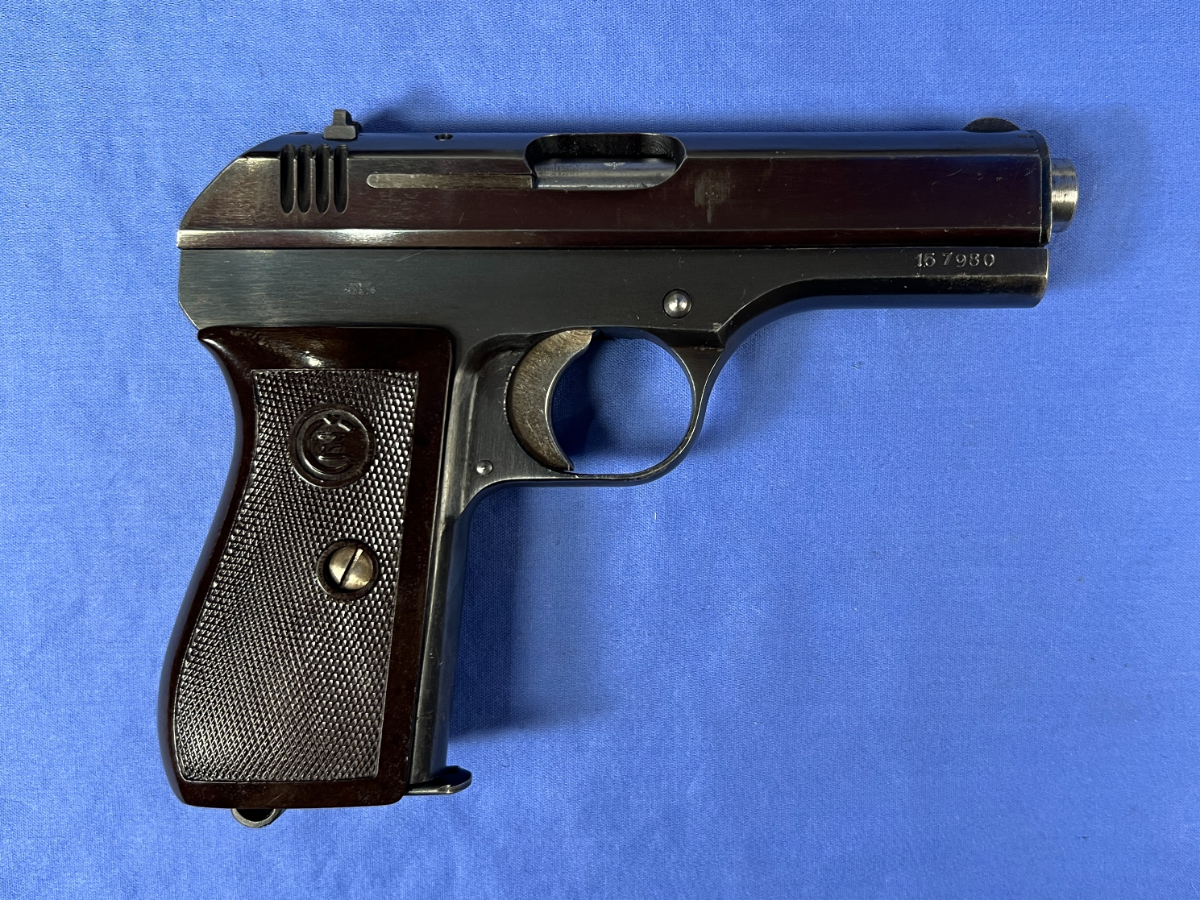
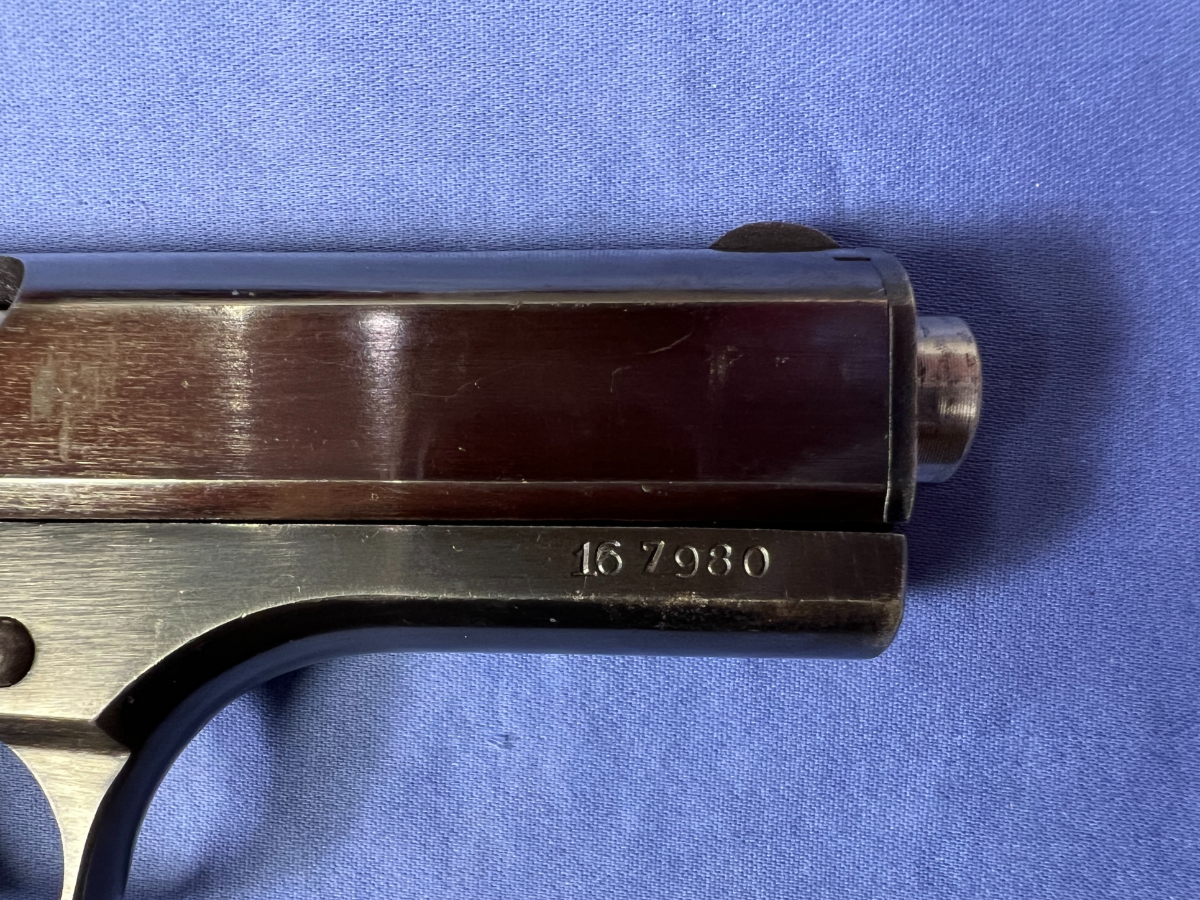
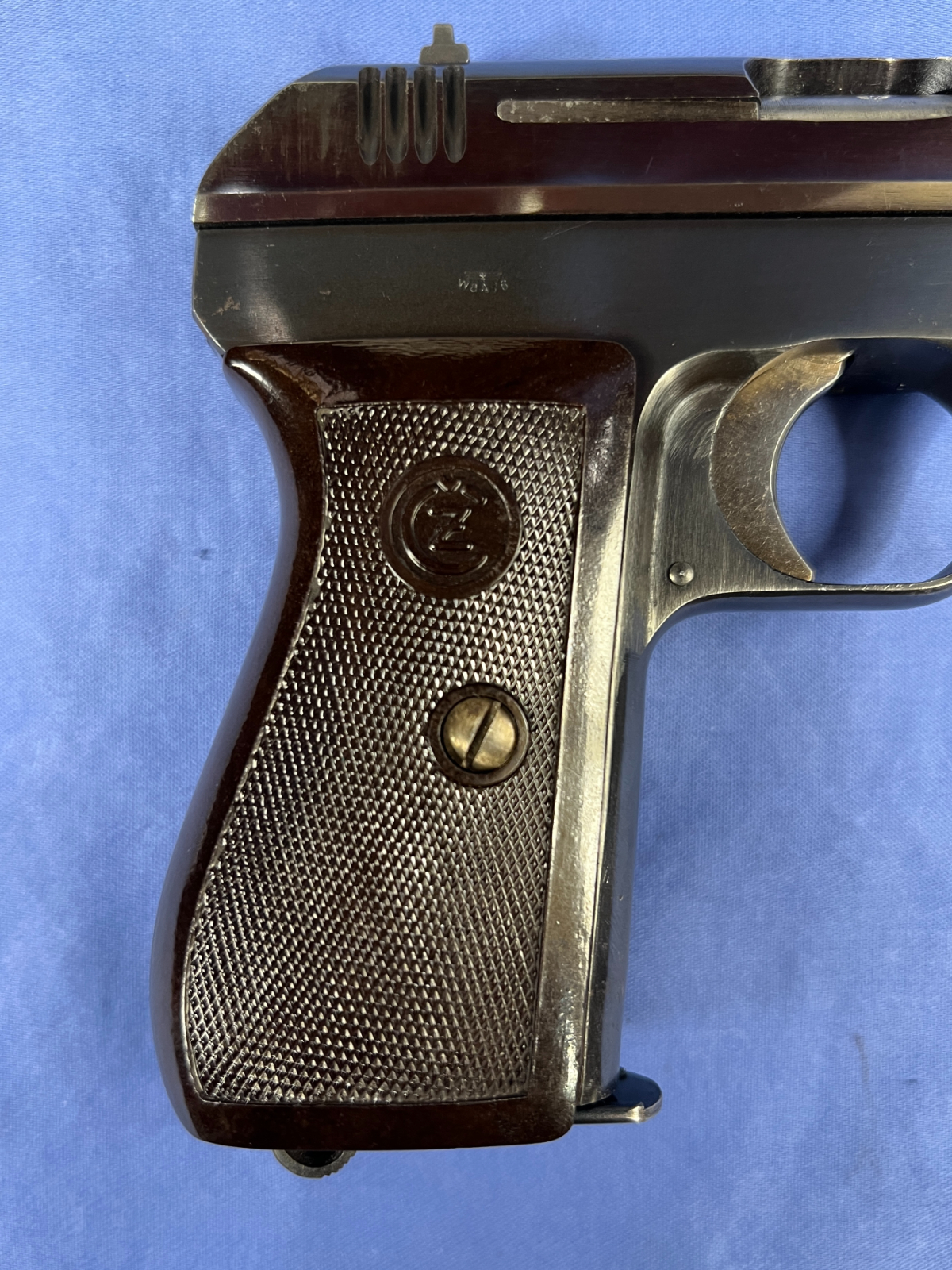
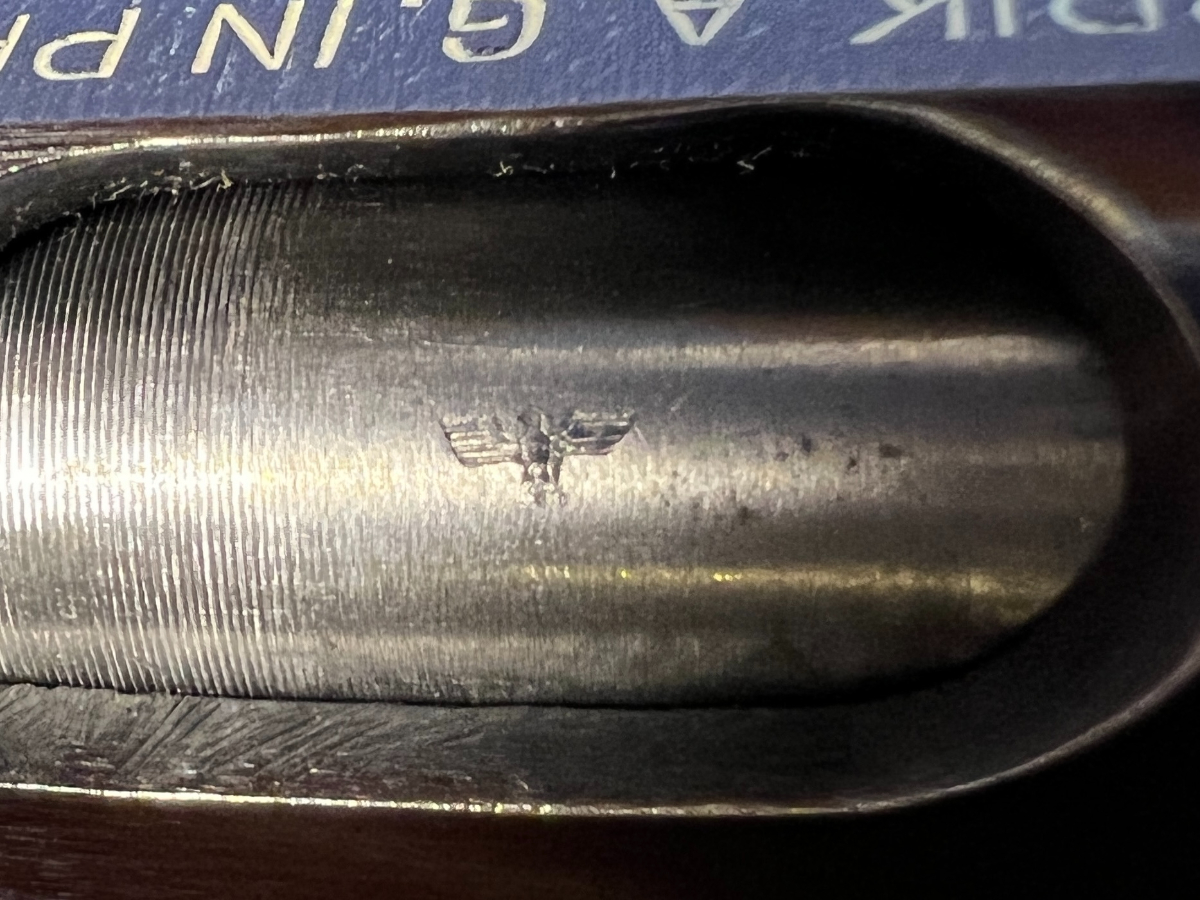
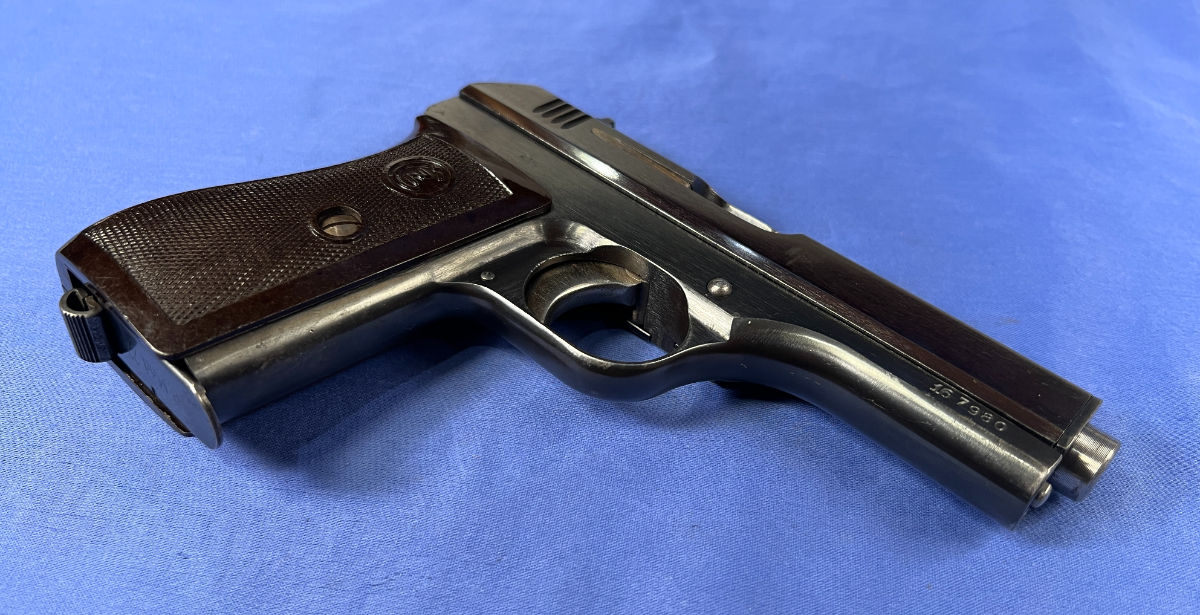
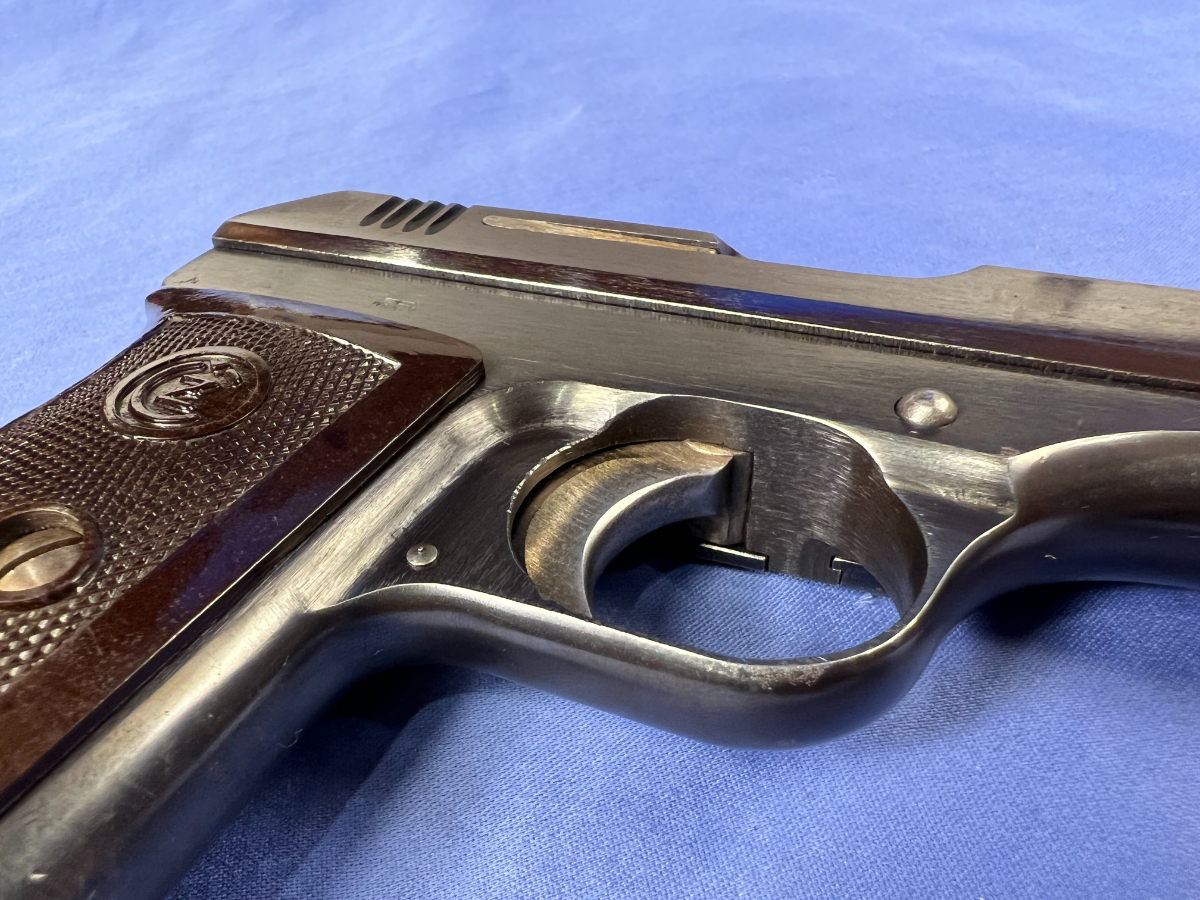
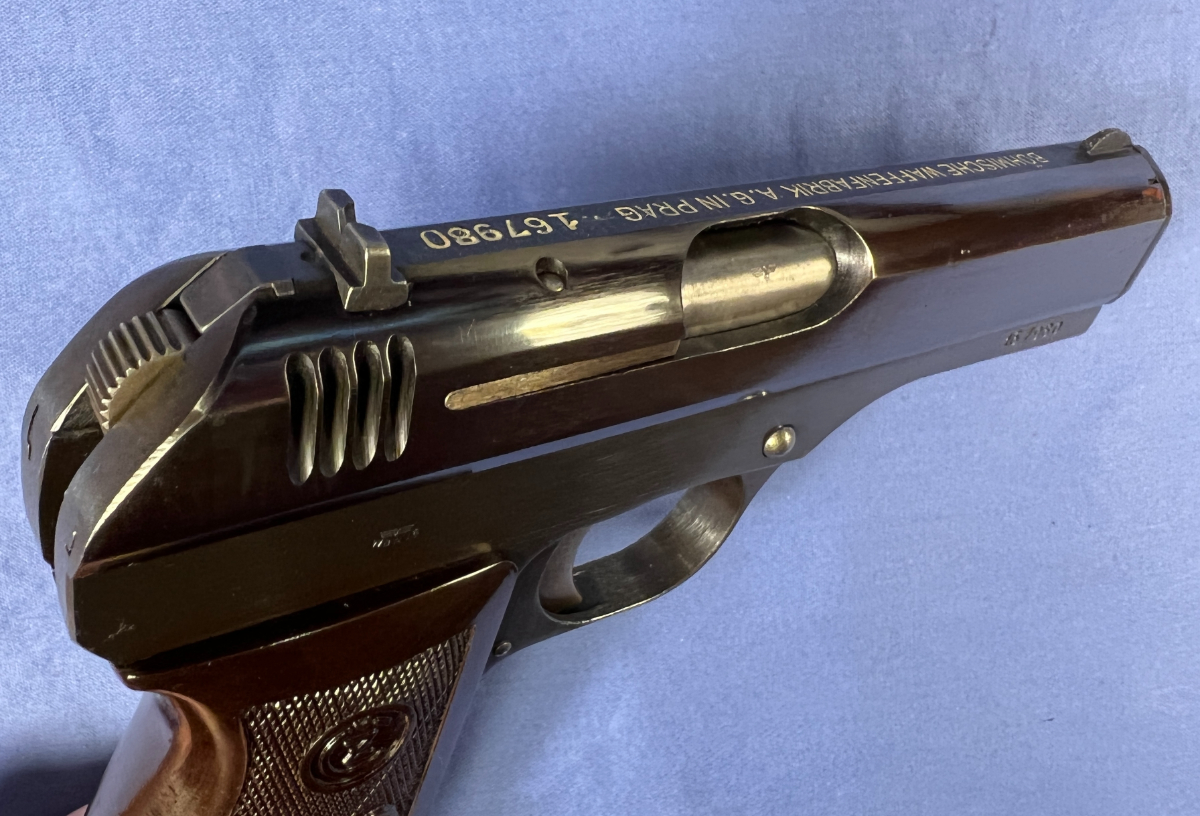
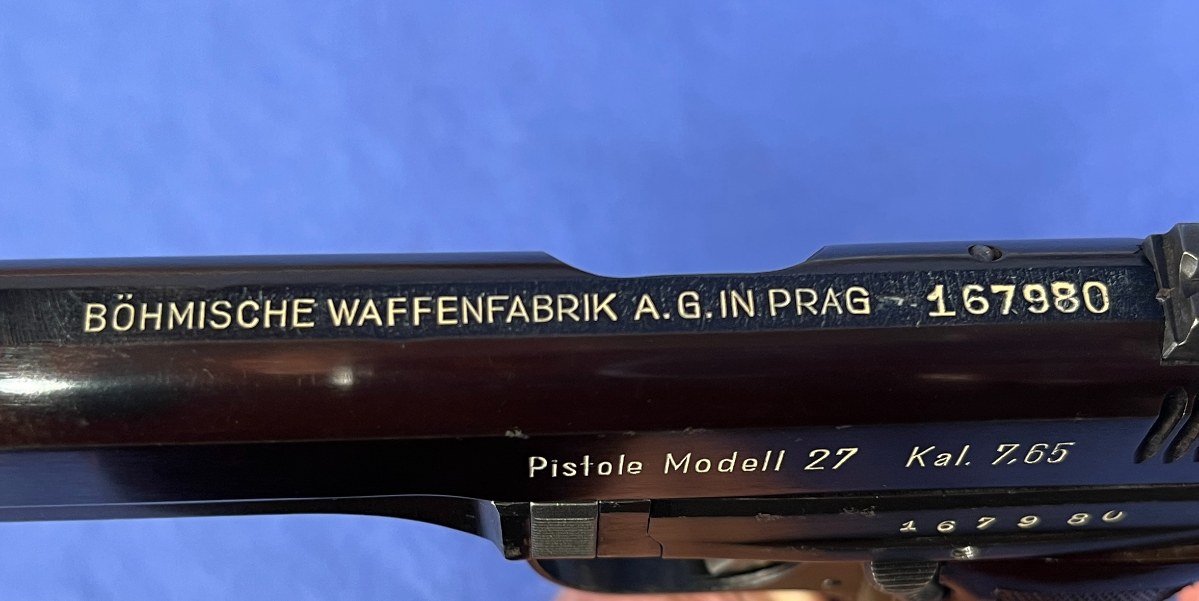
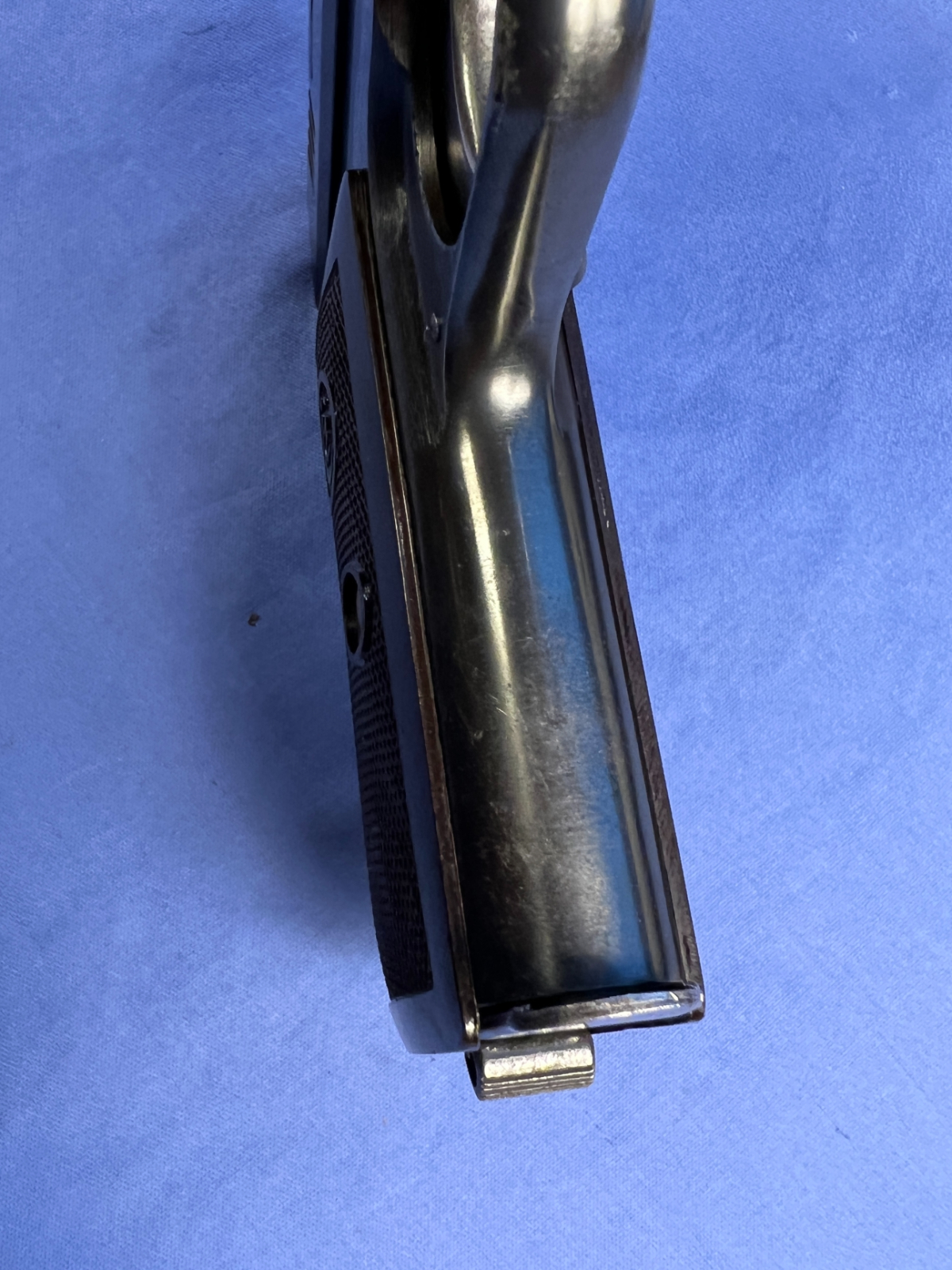
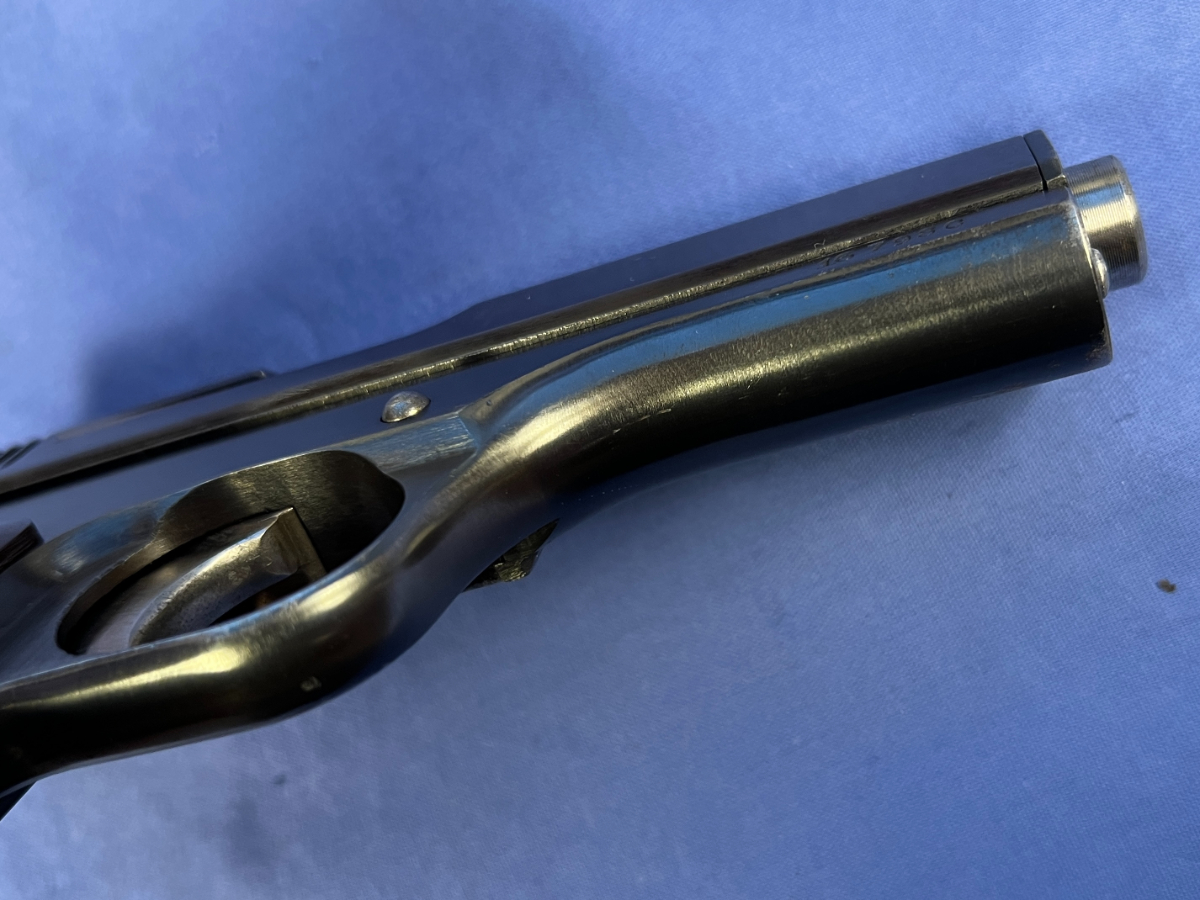
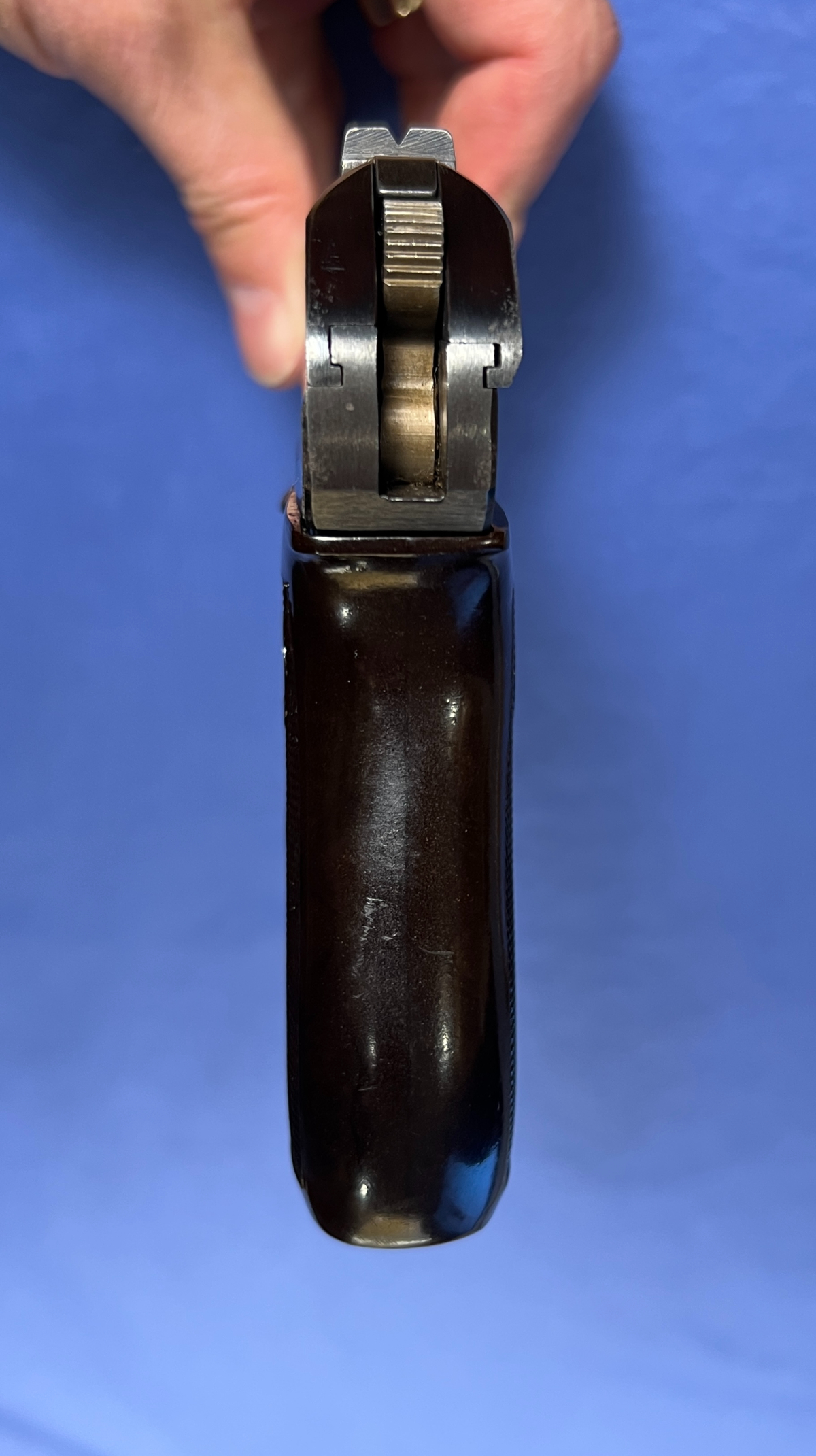
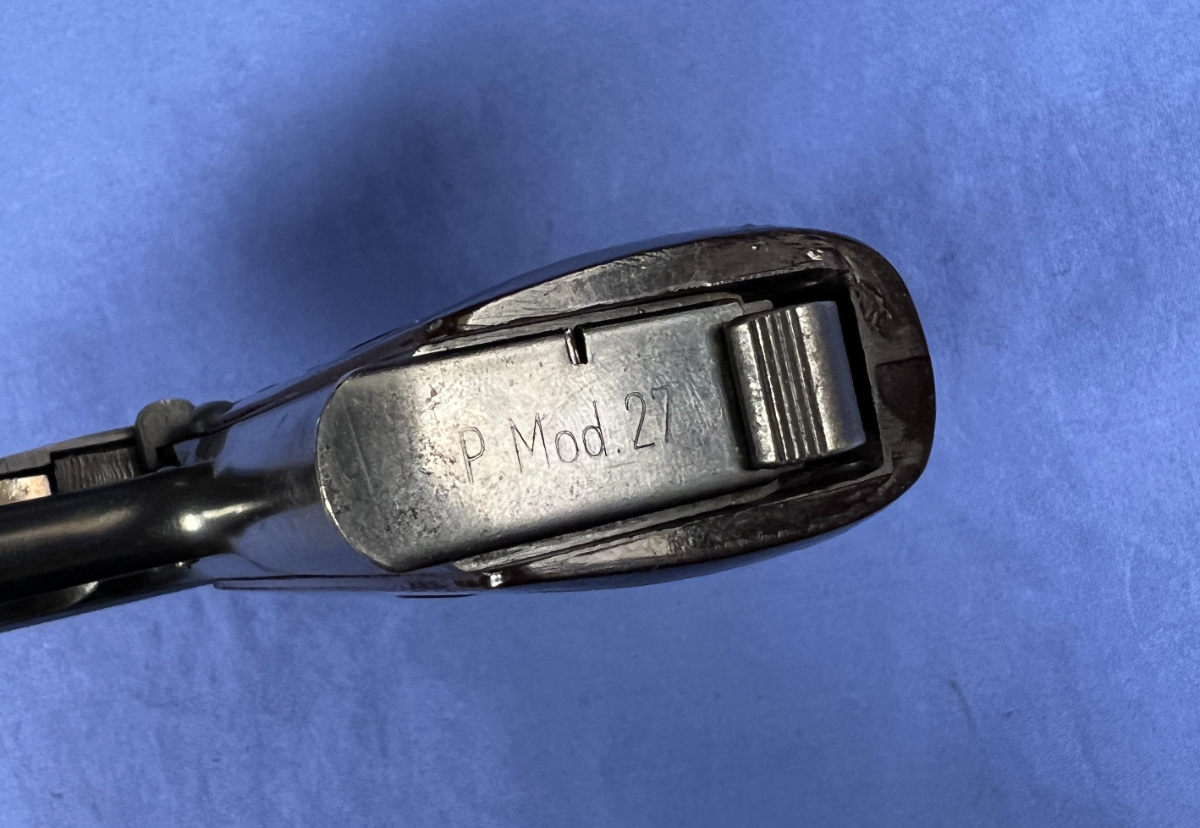

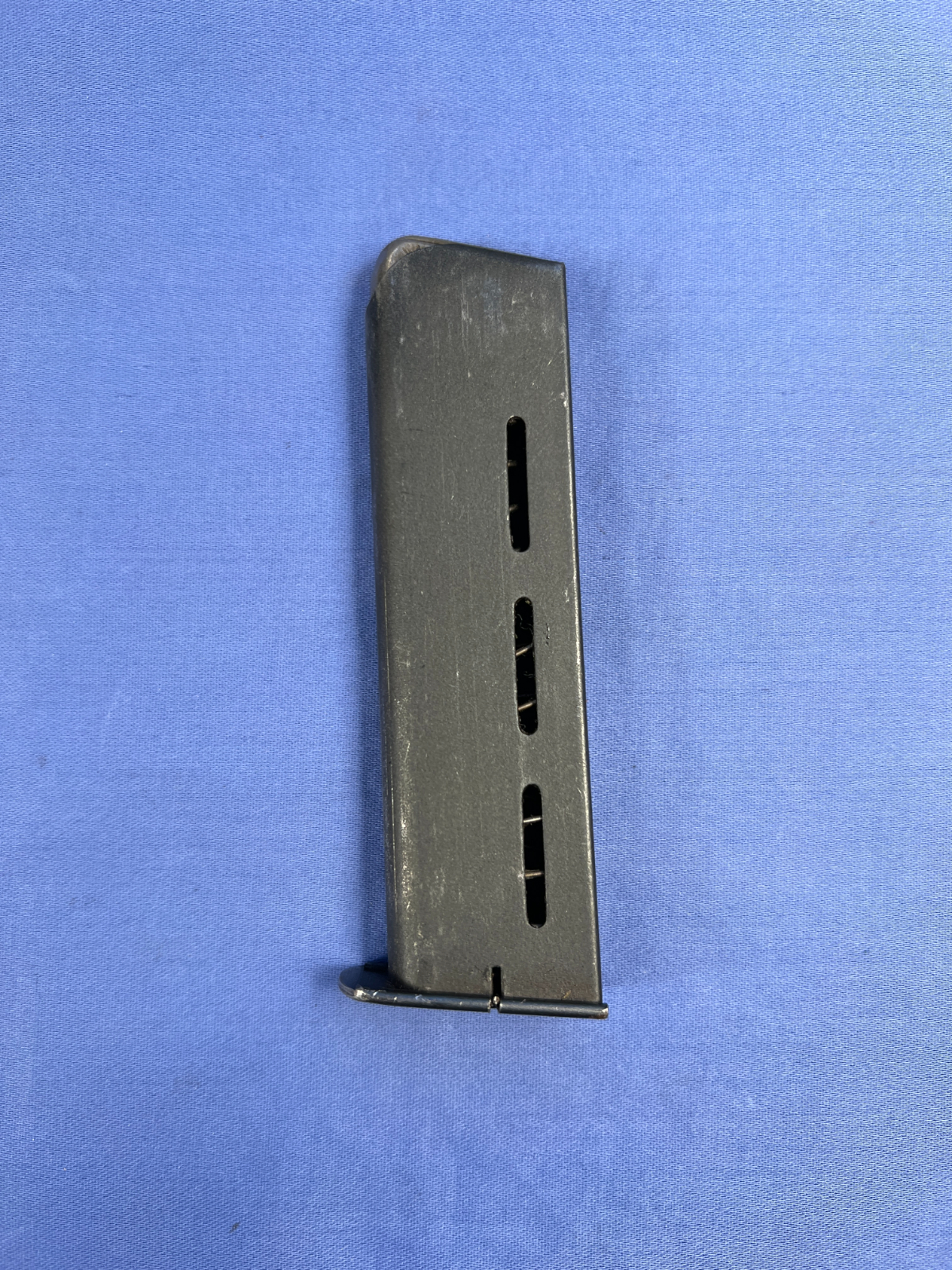
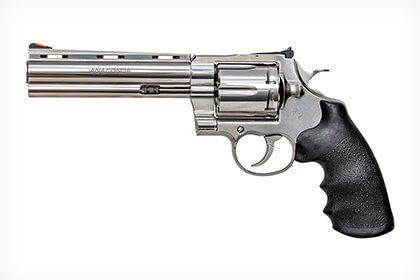
For the benefit of those who are not familiar with Colt’s Anaconda, it is the big-bore member of the company’s family of “snake” revolvers and was originally produced from 1990 to 1999. To touch on a bit more history, the first of Colt’s deadly serpents to emerge was the Cobra in .38 Special in 1950, and it remained in production for 31 years. It was followed by the Python in .357 Magnum (1955 to 2005). Next came the Diamondback in .38 Special (1966 to 1988). Rarest are the Viper in .38 Special, built during 1977 only, and the Boa in .357 Magnum made during 1985.
Leaping forward to 2017, Colt introduced a redesigned version of the Cobra, followed by the King Cobra in 2019 and the Python in 2020. The Anaconda is the big news for 2021, and like all handguns now produced by Colt, it is built at the historic Hartford, Connecticut, factory. Today’s Anaconda is basically an upsized version of the new Python, and internally, it has nothing in common with the old revolver of the same name.
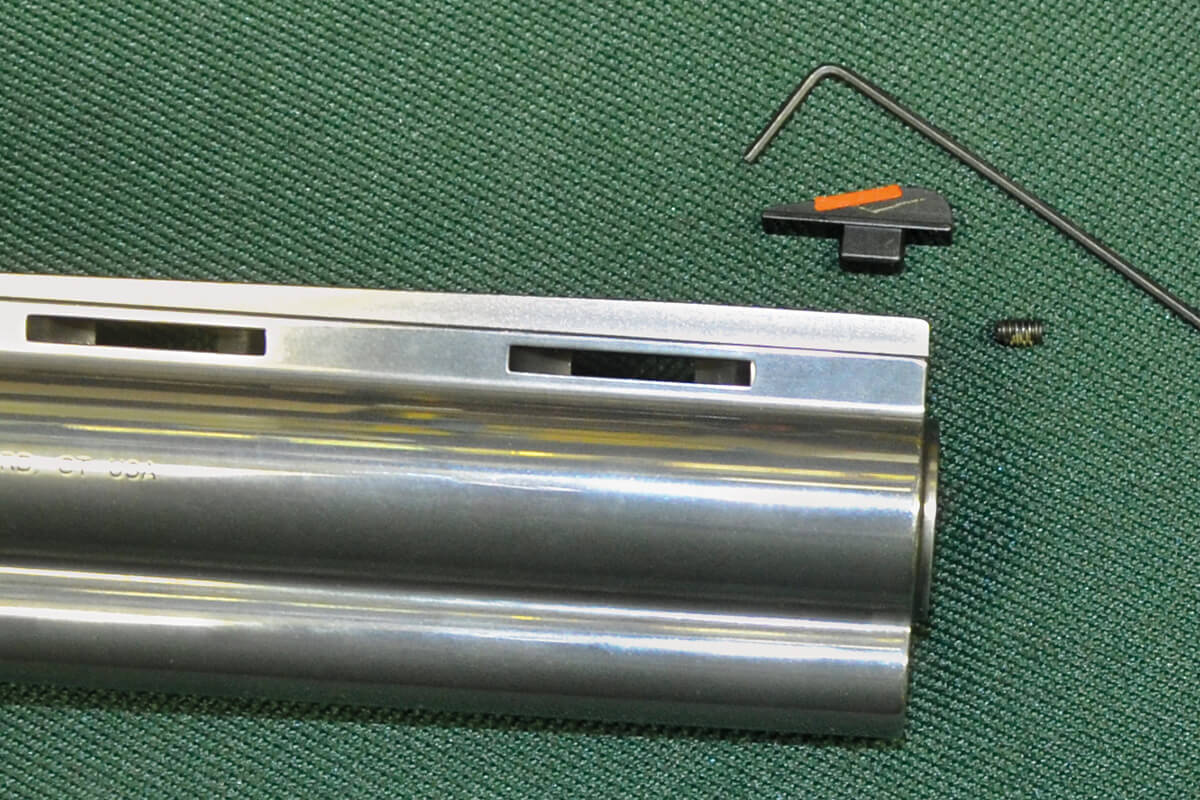
A Real Handful
Built on Colt’s MM-size frame, the Anaconda is a handful, but its 59.4-ounce weight (for the 8.0-inch-barreled model) does a good job of dampening .44 Magnum recoil. Open sights consist of a fully adjustable leaf with a 0.130-inch notch at the rear and a 0.130-inch-wide ramped blade with red insert up front. Switching out the front sight for another style is as easy as turning out a small retention screw at the front of the barrel rib.
Barrel length options are 6.0 and 8.0 inches, and my test gun had the 8.0-inch barrel. From 0.835 inch in diameter at the receiver, the barrel tapers to 0.825 inch at the muzzle, where it has a recessed crown. The barrel is fairly heavy, and the added weights of a ventilated rib along with a full-length underlug minimize muzzle rise when firing heavy loads. My Lyman Digital Borecam revealed extremely smooth six-groove, left-hand rifling. The twist rate is 1:20.
The topstrap of the frame is drilled and tapped for mounting a Picatinny rail available from Colt. Two holes are in permanent view, and a third is exposed when the rear sight is removed. Detaching the sight is easy. Using a small screwdriver, remove the elevation screw and its spring, push out the horizontal pin with a 2.5mm punch, and the job is done. When switching back to the open sight, use a small plastic mallet to gently drive the pin back into position.

The optic rail is held in place by the three screws, while the recoil load is handled by contact of a thick integral shoulder at the bottom of the rail with a vertical flat machined into the frame for rear-sight clearance. When accuracy testing the Anaconda at 100 yards from an MTM K-Zone handgun rest, I used a Nikon Force XR 2.5-8X handgun scope attached to the rail with three rings from Weigand Combat Handguns. That put fully loaded weight at 5.0 pounds. Loctite 248 applied to the threads of all screws was allowed to dry for a week prior to the gun being shot. Close to 200 rounds of full-power rounds were fired, and the mounting system never loosened or budged.
As revolvers in .44 Magnum go, the six-round cylinder of the Anaconda is uncommonly long at 1.905 inches for a considerable increase in chamber length. In comparison, the cylinders of the Ruger Super Redhawk and Smith & Wesson Model 29 are 1.750 inches long. The cylinder of the Model 29 is recessed for cartridge rims, and that puts actual chamber length a bit shorter than for the Super Redhawk. Whether or not any of this really matters is dependent on the overall cartridge length desired. SAAMI maximum for the .44 Magnum is 1.610 inches, and since factory ammo as well as most handloads listed in various reloading manuals are held within that, it matters not to most shooters.
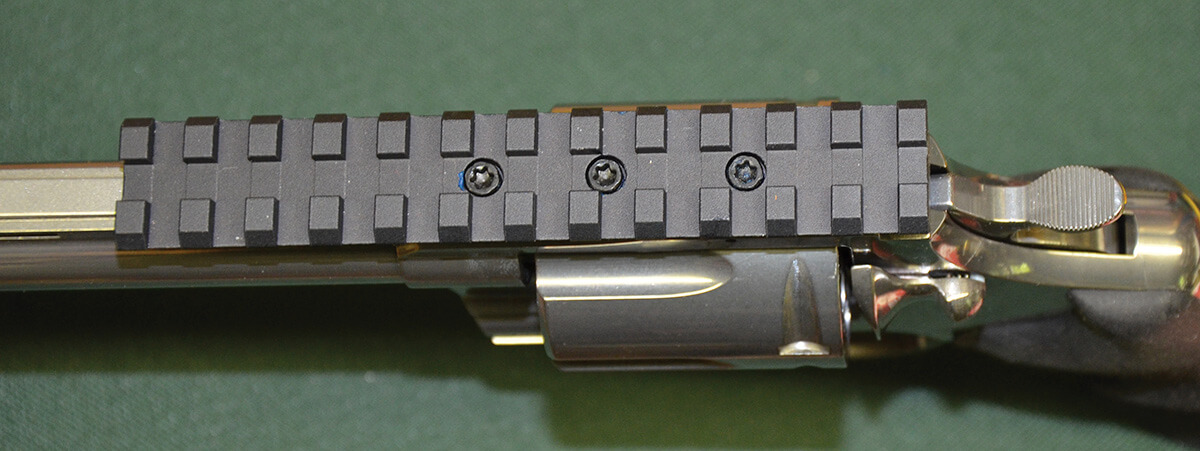
On the other hand, longer chambers become more important when ammo loaded with uncommonly heavy cast bullets is used. Examples in the .44 Magnum section of Hodgdon’s Annual Manual are cartridge lengths of 1.710 inches for a 355-grain cast bullet and 1.730 inches for those weighing 325 and 330 grains. The Rim Rock 335-grain bullet I shot in the Anaconda was loaded to a cartridge length of 1.730 inches.
With those cartridges in the chambers of the three guns, the distance from bullet nose to front of cylinder is 0.234 inch for the Anaconda, 0.022 inch for the Model 29, and 0.077 inch for the Super Redhawk. While the three loads will fire in those guns, should recoil cause a bullet to jump its roll crimp and creep forward, it will have much farther to travel in the Anaconda before blocking cylinder rotation.
I hasten to add that lighter bullets are capable of handling most of the game taken by most handgun hunters, but when an enraged bear is headed your way and no other option remains, the increased penetration and huge energy delivery of a long, heavy, hard-cast bullet is good to have. And for those who believe increasing free-travel of lighter bullets from case to barrel engagement harms the accuracy of a revolver, I will point out that when fired from the Anaconda, the handload carrying the stubby Hornady 240-grain XTP averaged just 3.14 inches at 100 yards.

Uniform, Consistent, Accurate
With diameters ranging from 0.4310 inch to 0.4314 inch, the new Anaconda’s chamber throats were quite uniform. Cylinder gap at lockup was a snug 0.005 inch. The cylinder had slight amounts of rotational looseness and endshake, but considering the impressive accuracy of the gun, neither was enough to matter. Chamber wall thickness is 0.120 inch.
An extractor star travel of 0.970 inch proved to be plenty long for sending spent .44 Magnum cases flying from heavily fouled chambers.
The transfer bar safety system of the Anaconda requires a frame-mounted firing pin. The gun also has what is described by Colt as an LL2 Linear Leaf Trigger System. Said another way, its mainspring is the leaf-type rather than the coil-type. The single-action pull was quite smooth with no creep and only a trace of overtravel, but its average weight on my Lyman digital scale was a bit heavy at 5.75 pounds.
The double-action trigger pull was a happier story, as it was plenty smooth and light enough for accurate rapid-fire shooting. On a rapidly incoming grizzly (which looked a lot like paper plates stapled to wooden stakes at five, 15, and 25 yards), I began with a two-handed hold, raised the Anaconda (wearing its factory open sights), and rapid-fired two rounds at each target, beginning at 25 yards and ending at five yards.
This was repeated five times using handloads with the Rim Rock 335-grain bullet, and average elapsed time for the runs was 5.4 seconds. The 10-shot group at 25 yards measured just over 5.0 inches, and due to closer distances, groups on the other plates were considerably smaller. Counting my first-shot reaction time, a real grizzly charging from 50 yards would have been on me after only two, maybe three shots, so the deadliest blow possible from each bullet would be important. Common sense tells us that uncommonly heavy bullets deliver the goods.

A clockwise-revolving cylinder originated at Colt with percussion revolvers of the 1800s, and the Anaconda follows that tradition. Cylinder rotation is just the opposite for most other revolvers of American design, including those made by Smith & Wesson. Another obvious difference is in their cylinder latches. To swing out the cylinder, you pull on the Colt latch and push on the S&W latch. Through the years, I have shot many more S&Ws than Colts, yet when shooting the Anaconda, pulling rather than pushing presented no problem. But then, I shoot quail in the morning with a side-by-side shotgun with a single trigger and switch to one with two triggers for the afternoon hunt without giving the difference a single thought.
The original Anaconda had checkered wooden grip panels, but the new version has a Hogue one-piece rubber grip with finger grooves. As is often the case these days, the new is not as pretty as the old, but it does make the gun more comfortable to shoot. The trigger guard is plenty roomy for shooting with gloves during cold weather.
Today’s 8.0-inch-barreled Anaconda is an excellent choice for hunting (see “Galco Kodiak and Kodiak Hunter Shoulder Holsters” for more on my carry rig), but I would opt for the slightly more compact 6.0-inch barrel for camping, hiking, and fishing in bear country. The original was available with a 4.0-inch barrel, and while it would likely sell quite well today, there’s no official word from Colt on that. The same goes for an Anaconda in .45 Colt.
Anaconda Specifications
- Manufacturer: Colt’s Mfg. Co. LLC, colt.com
- Type: Double-action revolver
- Caliber: .44 Magnum/.44 Special
- Cylinder Capacity: 6 rounds
- Barrel: 6.0, 8.0 in. (as tested)
- Overall Length: 15.0 in. (8.0-in. barrel)
- Width: 1.76 in.
- Height: 6.75 in.
- Weight, Empty: 59.4 oz. (8.0-in. barrel)
- Grips: Hogue rubber
- Finish: Semi-bright stainless steel
- Sights: Fully adjustable rear, red ramp front
- Trigger: 5.75-lb. single-action pull (as tested)
- MSRP: $1,499
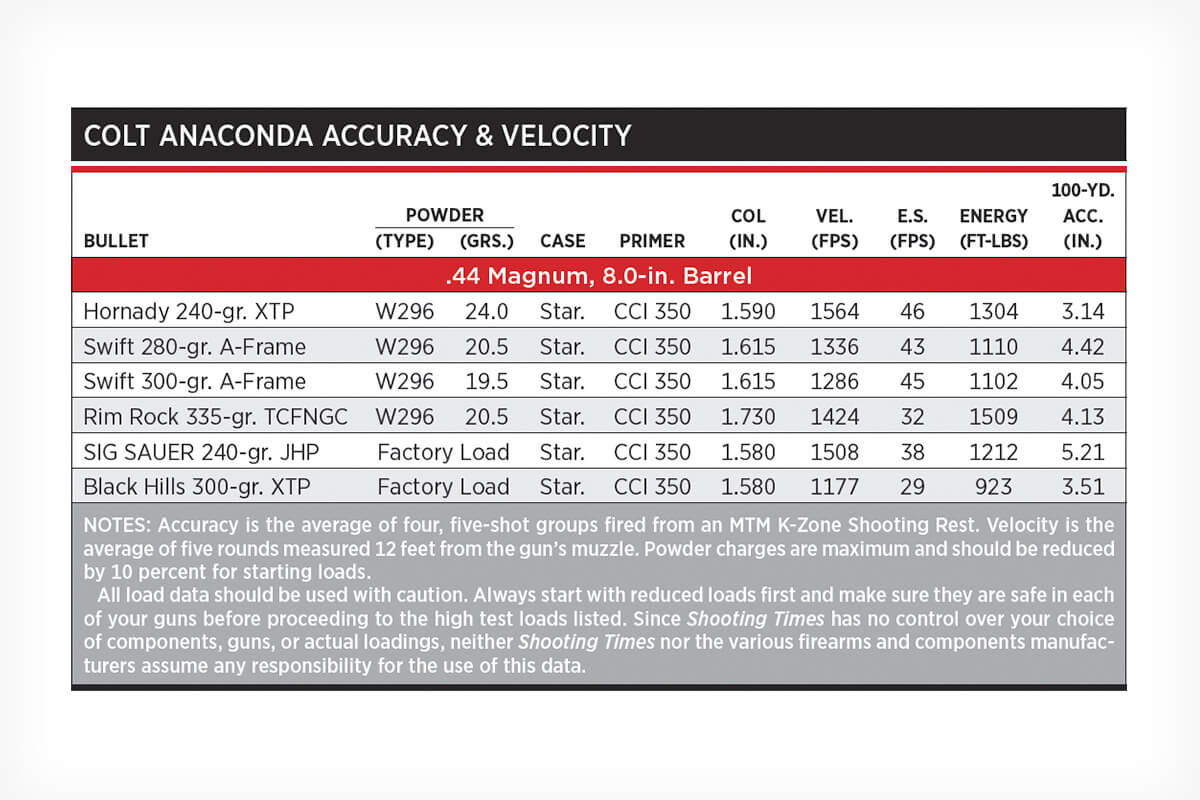
On Sunday, President Biden told a large assembly: “We must all work together to address the hate that remains a stain on the soul of America. . . . Our hearts are heavy once again, but the resolve must never, ever waver.”
He was responding, of course, to the mass shooting at the Tops Friendly Markets grocery store in Buffalo, New York, which left ten people dead and three injured.
The alleged shooter, 18-year-old Payton Gendron, drove several hours from his home in Conklin, New York, to a neighborhood and a market where shoppers were, in his estimation, most likely to be black. He was wearing tactical gear and armed with the Bushmaster XM-15 assault rifle he had bought legally in Endicott, New York, with the intention—reportedly detailed in his racist manifesto—to use it to shoot blacks.
Hate is not, as Biden labels it, an abstract stain on the soul of America. It is an idea that festers in the minds of violent people. It is our duty to get better at identifying and stopping these individuals before they hurt others.
And we can get better at identifying and stopping them.
Gendron had been actively ranting online about his hatred for blacks. He took inspiration from racist conspiracy theories on online message boards and explicitly identified himself as a fascist, white supremacist, racist, and anti-Semite. On the Internet, he had detailed plans to carry out a shooting targeting blacks similar to the one he wound up perpetrating in Buffalo.
Similarly, Frank James, the black man who traveled to New York from Philadelphia last month to shoot up ten passengers on a rush hour subway, had been raging online for a decade about blacks, whites, Latinos, and Jews. He also fumed against New York mayor Eric Adams and the city’s subway system and alluded to leaving Philadelphia to take action. And Robert Gregory Bowers had written colorfully about his intention to attack Jews (and his murderous hatred for blacks) before driving to Pittsburgh’s Tree of Life Synagogue in 2018 and massacring 11 worshippers.
We should be devoting more resources both to intelligence-gathering about action-oriented violent rhetoric online and to the manpower needed to follow up on all such threats. These types of investigations, occurring in both federal and local agencies, are resource- and training-intensive.
Violently manifested hate is definitely growing. Anti-Semitic incidents broke records in 2021, and anti-Asian hate crimes have broken records for the past two years. In New York City, the country’s epicenter for hate crimes (thanks, in part, to its demographic diversity), crimes against blacks and gay men have doubled since last year. Who perpetrates these crimes? Whites, blacks, Latinos—it’s a sickness that crosses all racial and ethnic boundaries.
One commonality among attackers is a high degree of mental illness. As announced this month at a New York City Council hearing, police designated nearly half of all hate-crime arrestees as emotionally disturbed. The NYPD admitted that it wasn’t doing enough to track whether these suspects receive treatment or to coordinate with mental-health professionals.
High-risk mental illness was a known issue for Gendron, whom state police brought to a hospital last June after he wrote in high school about wanting to shoot people. The hospital released him a day and a half later. This story is tragically familiar. In 2017, Martial Simon reportedly “told a psychiatrist at the state-run Manhattan Psychiatric Center that it was just a matter of time before he pushed a woman to the train tracks.” This past January, he pushed Deloitte executive Michelle Go to her death from a Times Square subway platform.
In addition to these gaps in psychiatric oversight for individuals who have voiced an intention of committing violence, states including New York have reduced in-patient psychiatric beds dramatically. Sweeping criminal-justice reforms have hampered judges’ ability to induce unbalanced offenders into psychiatric care as a means of avoiding jail time.
Policymakers at all levels need to prioritize closing these gaps between police, prosecutors, and psychiatric practitioners and ensuring that sufficient spaces are available for the small but critical segment of the population that requires long-term supervision. As the president said, our hearts are heavy. Now let’s use our heads.



